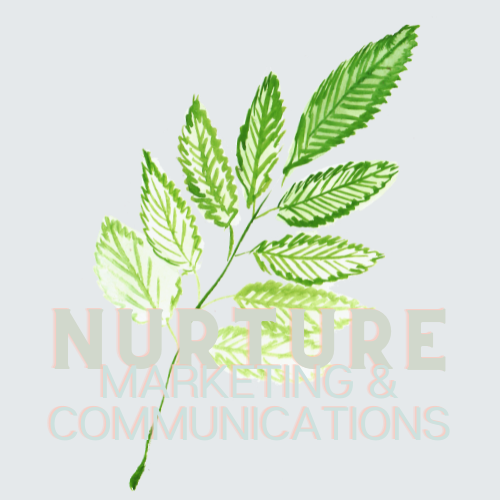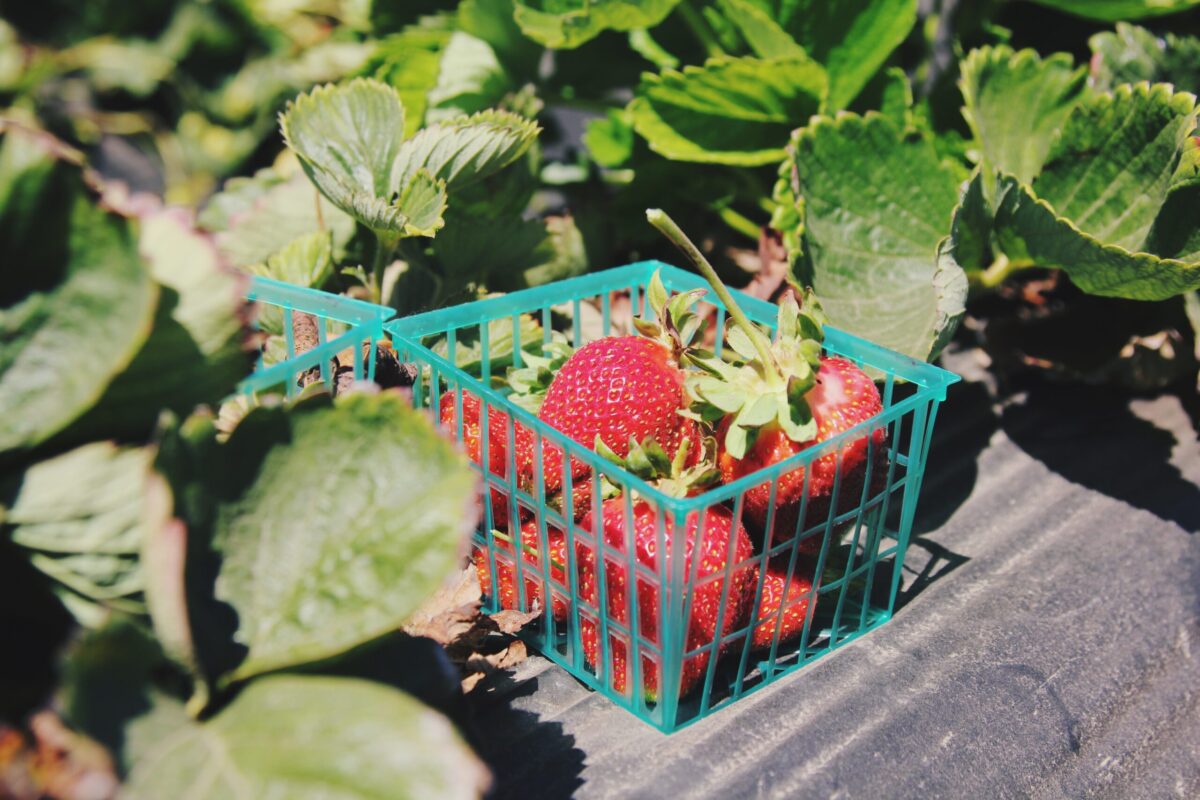Here’s a little secret: a “case study” is whatever you want it to be – or, more accurately, whatever you can make it.
Thirty (or more!) years ago a case study might’ve passed for a doctoral dissertation. There were graphs, research documents, and language that would make a legal team proud.
And if that’s what your case study needs to be, today, so be it.
In fact, in some highly technical fields (which are often tightly-regulated fields), that is the case study you need.
But more often, a case study can be boiled down to a few paragraphs describing how a customer used your product or service to solve a problem.
Granted, to be effective, those few paragraphs should be meaty ones – and you’ll need the customer’s cooperation to get the information you need to present a good case study.
Often, a case study can be boiled down to a few paragraphs detailing how a customer used your product or service to solve a problem.
Creating a case study “lite” or an application story – what we like to call “success stories” requires getting the customer’s permission to use its experience, and preferably, its name, in what is a somewhat formulaic testimonial. It usually goes something like this:
Sweet Products had struggled with supply chain issues for months and was running out of lids to seal its signature product, Yummy Jelly. Faced with the option of slowing jelly production to allow manufactures to deliver more lids or switching to a new container that customers may not recognize as the same trusted brand, Sweet was in a pickle when it came to Real Deal Jars.
Real Deal was able to design a jar with all components sourced in the USA, eliminating worries about shipping delays, while keeping the essence of the well-known Sweet Product container – which was important to consumers as well as vendors. Production was able to remain on track so there were no disruptions to jelly-eating. You might say Real Deal helped Sweet Products out of a jam. 😉
Ideally, your customer will be happy to lend its name – and even better, a quote – to the success story or (a-hem) case study. But, that’s not always possible.
You can still use the story. Yes, really. Name-dropping is nice, but not always necessary. Even a short success story, especially one with meaty content, is useful in your marketing and valuable to your brand.
Contact us to find out how to create your own success story.

